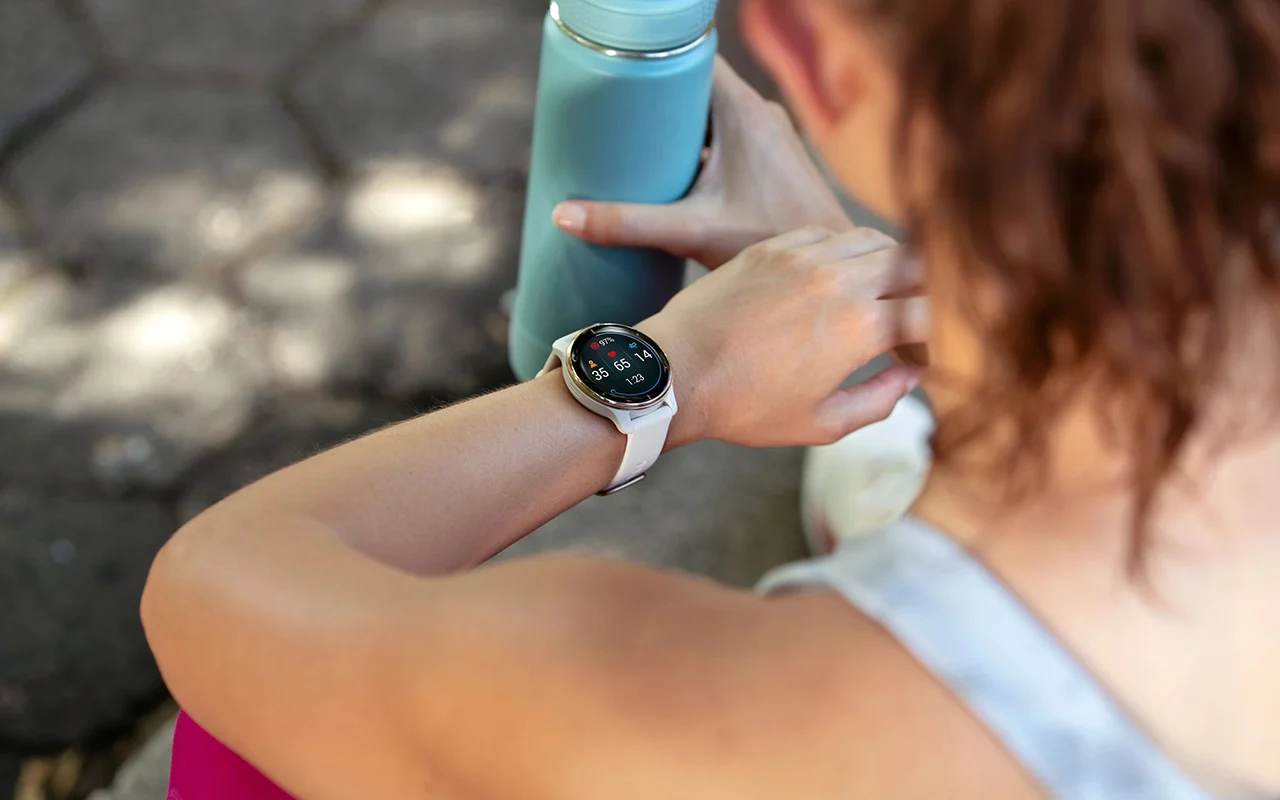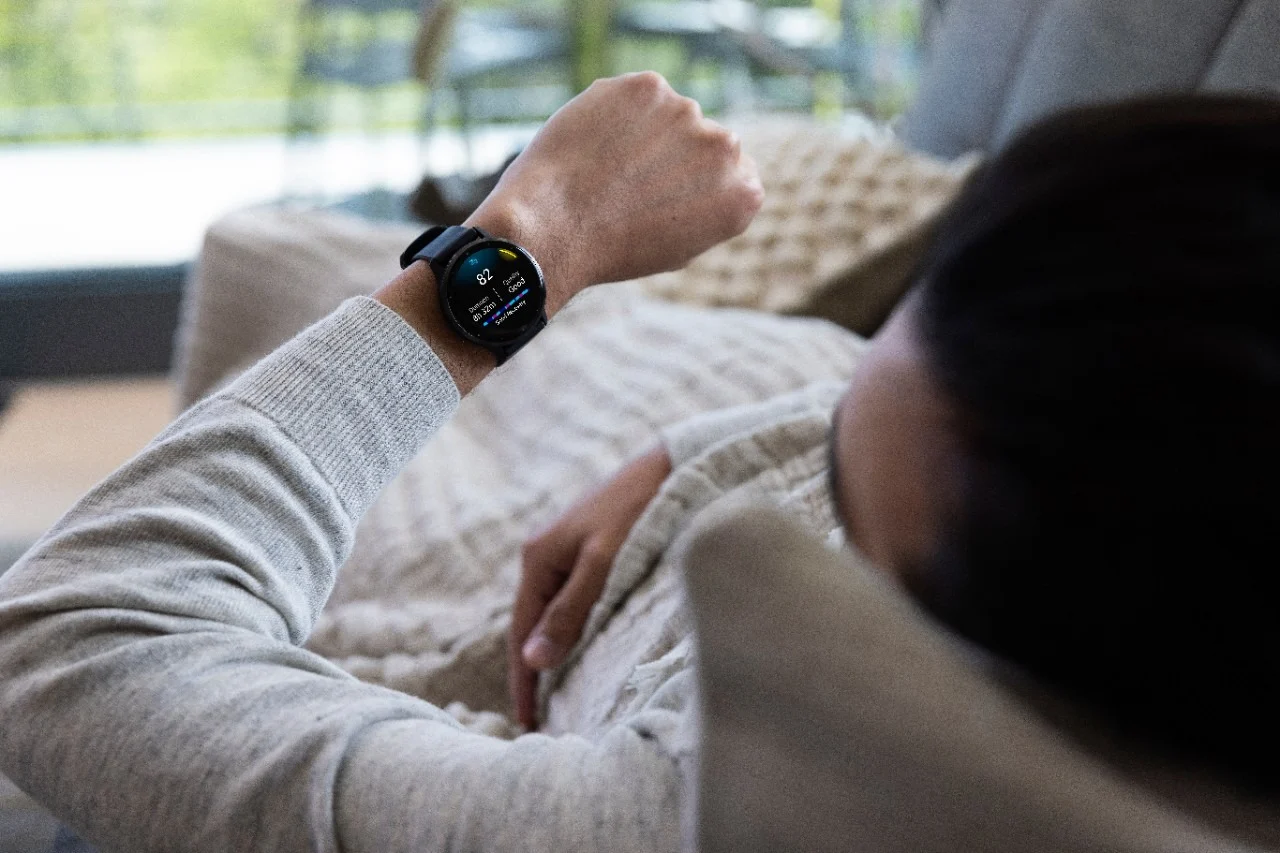
Using Nutrition alongside with your Cycle
In my last blog post I talked all about the menstrual cycle and what is happening in the follicular (low hormone) or luteal (high hormone) phase. After reading about it you could be thinking that your performance in doomed in the high hormone phase. Have no fear, for you have the power to negate the effect of your hormones during the luteal phase using nutrition along side with your cycle. This article will tell you how….
Sleep:
In the high hormone phase our quality of sleep is altered by a core temperature slightly elevated (by half a degree) caused by an increase in progesterone. A cold shower prior to bed or by ingesting a cup (200ml) of cold tart cherry juice an hour before bed will contribute to improving your sleep. Not only does the cold aspect reduce core temperature, but the tart cherry juice contains melatonin, a natural hormone that supports your body to reach its ‘deep sleep’ state.
Hydration and sodium:
 During the high hormone phase not only is progesterone thermogenic driving the core temperature up by about 0.5 degrees Celsius, but it also makes us kick out more total body sodium. So, we are more predisposed to hyponatremia, also known as water intoxication, if we’re just drinking plain water. Also, the feeling of being bloated is not from water retention, but from water redistribution. Therefore it is really important to hydrate and eat more watery fruits and veggies as well as add salt to food during the high hormone phase. This increases total body intake and storage of sodium, and you should feel less bloated.
During the high hormone phase not only is progesterone thermogenic driving the core temperature up by about 0.5 degrees Celsius, but it also makes us kick out more total body sodium. So, we are more predisposed to hyponatremia, also known as water intoxication, if we’re just drinking plain water. Also, the feeling of being bloated is not from water retention, but from water redistribution. Therefore it is really important to hydrate and eat more watery fruits and veggies as well as add salt to food during the high hormone phase. This increases total body intake and storage of sodium, and you should feel less bloated.
Recovery
During the high hormone phase progesterone is very catabolic and decreases our ability to build muscle. You can fix that by having protein before and definitely after training. It knocks that progesterone aspect back and allows the muscles to recover and adapt. The whole idea about going out and training is you’re putting your body under stress, and you want your body to recover from this stress to get stronger and fitter. So, here are a couple of windows that you want to think about.
Before training:
For women the feedback mechanism for muscle protein synthesis starts in the brain and we need an increased amount of leucine circulating. If there are low levels of leucine then protein synthesis is dampened. Before training you want to have about 10 grams of protein- if you can. Some form of protein is always better than nothing as this increases the amount of amino acids circulating, so you end up with less of a signal to break down muscle tissue from the progesterone. It also jump starts your ability to recover by having these amino acids circulating.
During training:
Women have a greater capacity for burning fat and sparing glycogen (both in the liver and the muscle) in the high hormone phase. This glycogen sparing mechanism can work against intensity and performance. In this phase, women should have extra quick hits of sugar in the form of glucose tablets, jelly beans or energy chews to maximise interval sessions, racing and other high intensity events. During the low hormone phase, women can afford to ingest less exogenous carbohydrate than her age and fitness matched male counterpart.
After training:
Women don’t oxidise as many branch-chained amino acids during exercise as men, but in the high hormone phase of the menstrual cycle, there is a greater reliance on protein. Ideally, post exercise ingestion should comprise around 20-30 grams of high-quality protein within 30 minutes of exercise. Any delay compromises tissue leucine concentration, and enhances muscle tissue breakdown. After that 30-minute window, you have another hour and a half to replace sugars back into your liver and your muscles. If you were to neglect that 30-minute window for protein, your total recovery time is about 90 minutes. Women have a shorter window of recovery compared to men.Try to adjust eating around training so that you can actually maximise your adaptation and recovery.
Race Day
If your period is due to come on race day Dr Stacy Sims recommends focusing on dampening the inflammation/bloat/fatigue response these hormones cause. She suggests taking the below supplements every night 5-7days before your period starts.
- 50mg of magnesium
- 45mg of zinc
- 1gram of omega-3 fatty acids.
- Increase the amount of carbs and sodium in your training and race nutrition.
- Increase protein intake after exercise to promote recovery.
- Stay hydrated
Since your bleed is based upon an inflammatory response you want to reduce the inflammation. All of the above work on different cellular responses to reduce inflammation and fluid re-uptake. For example zinc levels fluctuate through the cycle as well, with serum levels dipping significantly in the luteal phase (zinc is needed for ovulation and to help follicles mature). Low zinc is associated with greater PMS symptoms–in particular, mood and fatigue.
The main thing to remember is that no woman is the same and often we can all feel different during different phases of our cycle. By tracking your cycle you can start to get a better understanding of it. For example some women can feel bulletproof around ovulation (approximately day 12-15), therefore it is a great time to do a harder session. Other women may feel flat and tired, and so it would not be a great time to do that sort of session. You should also not be afraid to train around your menstrual cycle. When your period starts it means that both estrogen and progesterone have both dropped off and you should be feeling fast, but again you need to track this and see how you personally feel. For a long time women have been training and eating like men, but what this does not take into account is our hormones. If you can learn to work with your physiology rather than against it you should be able to unharness more performance potential.




